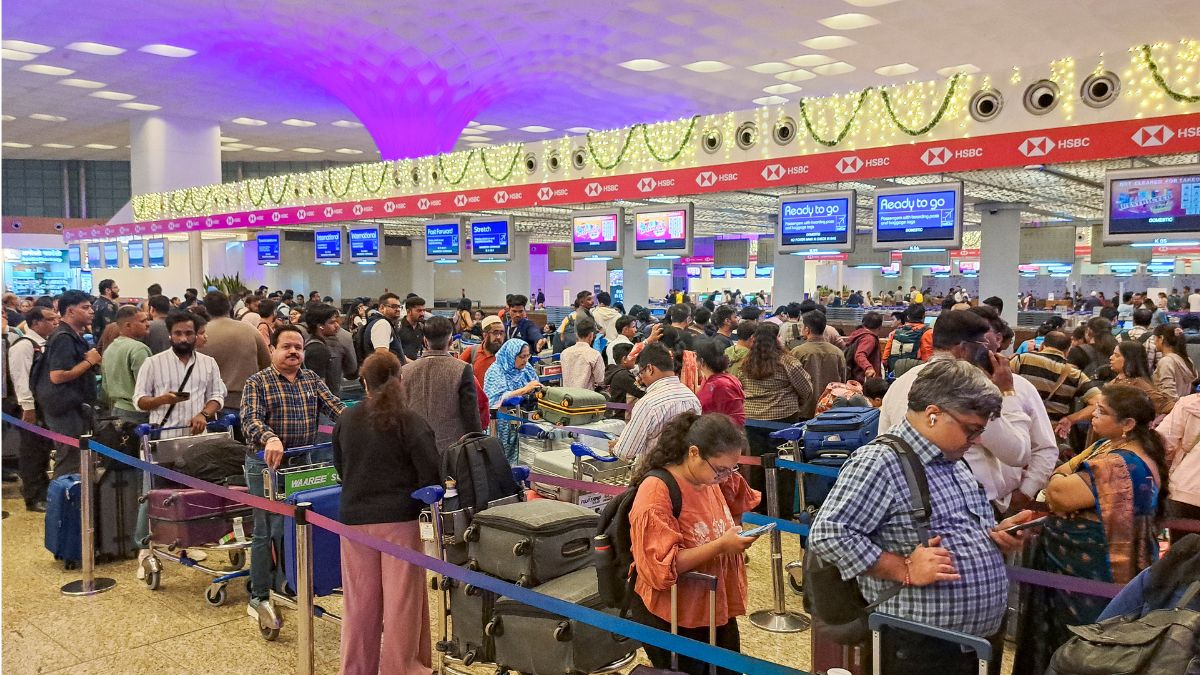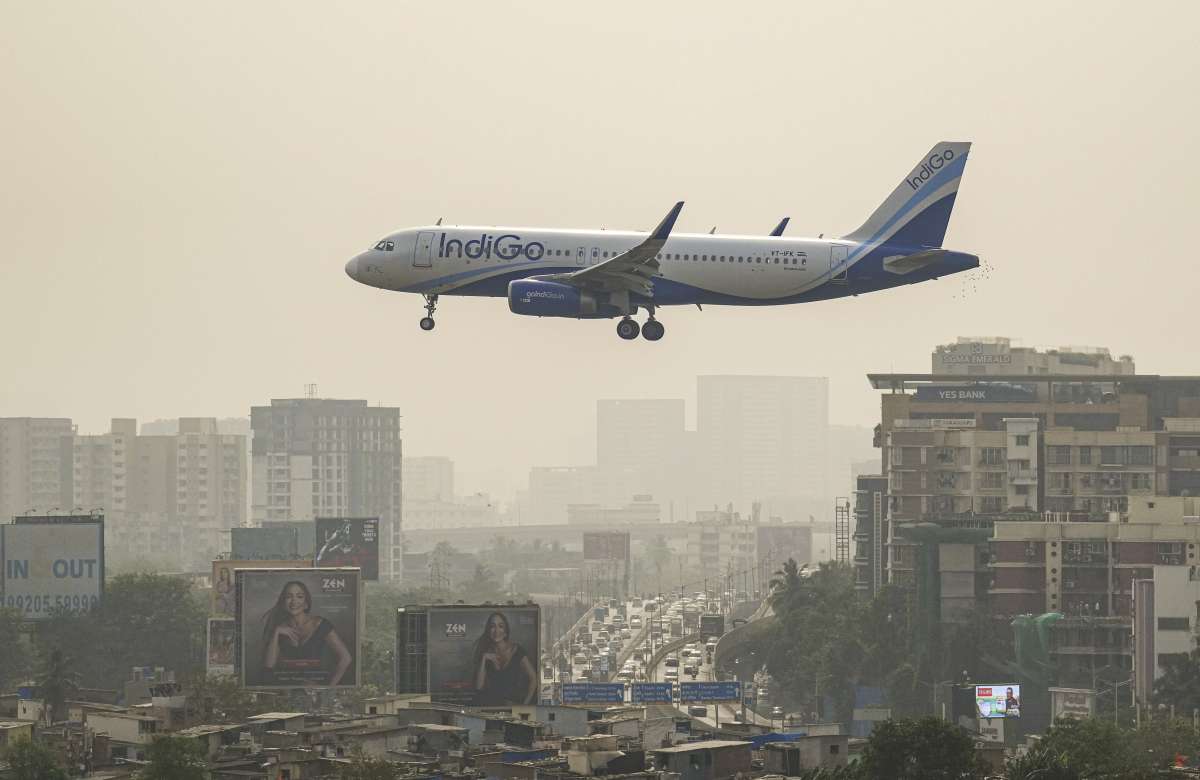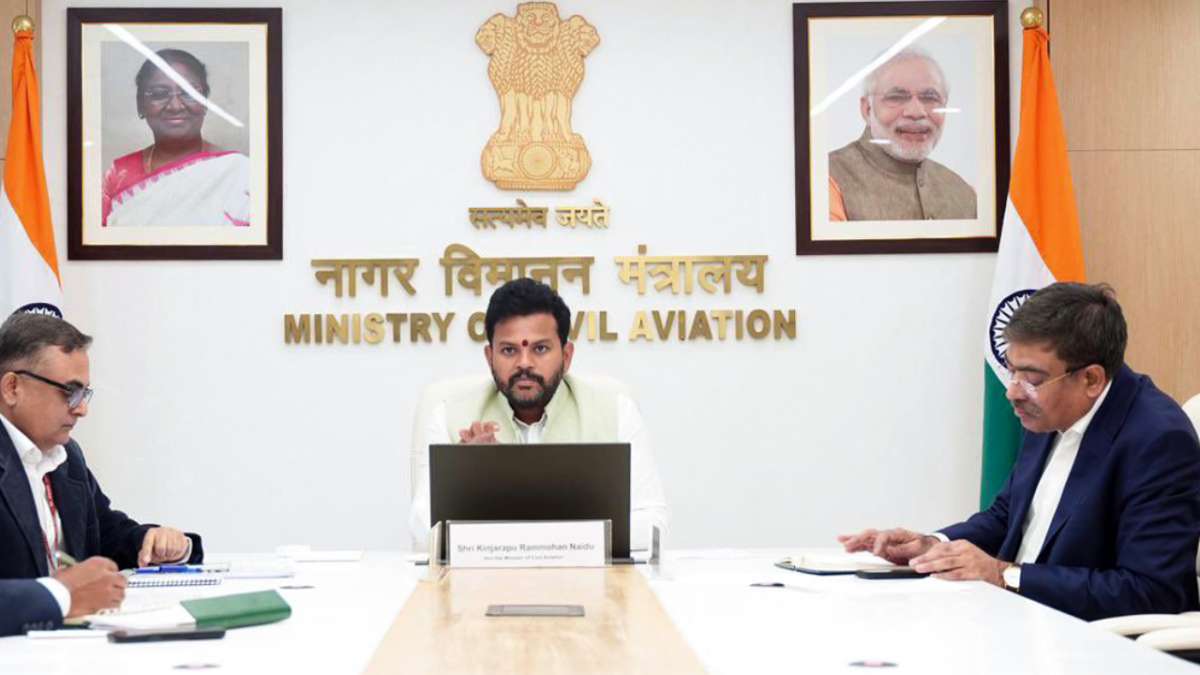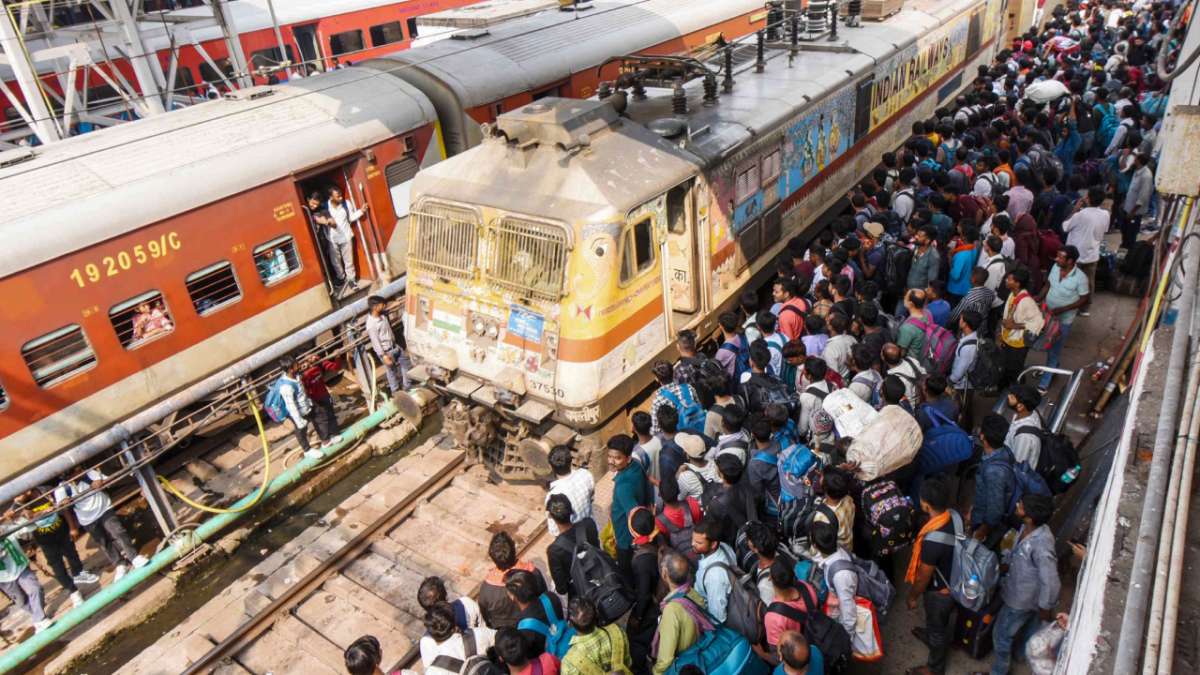Amarnath Yatra 2025, one of the most sacred Hindu pilgrimages, is now open for registration. Starting today, devotees can sign up for the journey to the Amarnath Cave Temple in Jammu and Kashmir, where a naturally formed ice Shiva Lingam is worshipped. This spiritual journey is not just about devotion but also requires proper preparation. From registration steps to health checkups and important rules to follow, here is a simple guide for anyone planning to take part in this holy journey.
Amarnath Yatra 2025: Steps to register here
Go to the official SASB website (https://jksasb.nic.in).
Select the option “Yatra 2025 Registration.”
Upload the necessary documents:
A recent passport-size photo
A Compulsory Health Certificate (CHC) issued after April 15, 2025
A valid ID proof
Complete the registration by making the required payment.
Applicants need to fill in their personal details like name, preferred yatra date, Aadhaar number, mobile number, and upload a passport-size photo along with a scanned copy of the Compulsory Health Certificate (CHC). An OTP will be sent to verify the mobile number.
After submitting the form, a payment link will be sent within two hours. The registration fee of about Rs 220 must be paid online. Once the payment is successful, the Yatra Registration Permit can be downloaded from the official website.
The Amarnath Yatra involves walking through tough mountain paths, so the Shrine Board has shared some simple dos and don’ts to keep pilgrims safe:
Dos:
Start preparing your body at least a month before the yatra.
Carry warm clothes, waterproof shoes, a raincoat, and a flashlight.
Always follow the instructions given by Yatra staff and security teams.
Don’ts:
Don’t carry plastic bags, as the area is environmentally sensitive.
Avoid smoking or drinking alcohol during the journey.
Do not travel during bad weather.
The Shrine Board also requests all pilgrims to keep the area clean and respect the sacred environment.
Helicopter services are available and can be booked online through official websites. Both travel routes are closely monitored and assisted by the Indian Army and disaster response teams for safety.







